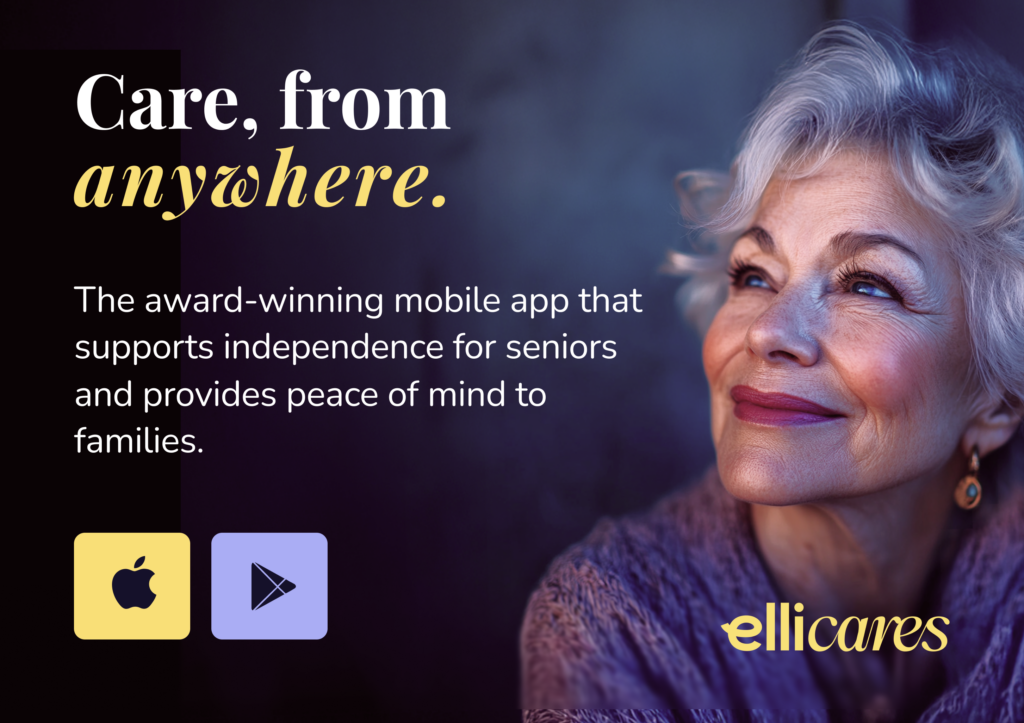Communication challenges are one of the earliest and most impactful changes in dementia. As language, memory, and comprehension evolve, conversations that once flowed effortlessly can become confusing or emotionally charged. But with a few mindful adjustments, families and caregivers can make communication more effective - and more compassionate.
Harvard Health’s article “Bridging the Gap: Dementia Communication Strategies” offers a practical and encouraging approach to this challenge. It lays out both the reasons why communication becomes harder - and the tools we can use to reconnect across the gap.
Why Communication Becomes Difficult
Dementia doesn’t just affect memory. It can also impact language, reasoning, visual processing, and attention. A person may forget the right word, repeat stories, struggle to follow conversations, or become overwhelmed by fast-paced dialogue or background noise.
These changes are frustrating - not just for the person living with dementia, but also for the people who care about them. Without clear communication, misunderstandings increase, and so can emotional distance. That’s why having strategies in place isn’t just helpful - it’s essential.
Practical Tips for Dementia-Friendly Communication
The Harvard Health article shares several science-backed and empathy-driven techniques to improve communication:
-
Be present, not distracted. Make eye contact, minimize background noise, and approach with calm, relaxed body language.
-
Speak slowly and clearly. Avoid rushing through thoughts. Pause between sentences and wait patiently for responses.
-
Use simple, short sentences. Too much information at once can be confusing. Break down complex ideas into smaller pieces.
-
Avoid correcting unnecessarily. If the person says something incorrect but harmless, consider letting it go unless safety is involved.
-
Offer visual cues. Demonstrating actions or pointing to objects can enhance understanding.
-
Ask yes-or-no questions instead of open-ended ones. This makes it easier for the person to respond without confusion.
-
Use names instead of pronouns. “Let’s go see Sarah” is often clearer than “Let’s go see her.”
-
Reassure with tone. Your voice, facial expression, and body language convey just as much meaning as the words you use.
The article also emphasizes compassion over precision - a reminder that maintaining emotional connection is more important than factual accuracy.
The Role of Patience and Empathy
These strategies aren’t just techniques - they’re rooted in respect. They remind us to meet the person where they are, rather than forcing them into our pace or expectations.
One of the most powerful pieces of advice is to focus on the feelings behind the words, especially when language falters. A person may not remember the right term, but they’ll remember how a conversation made them feel.
👉 Read the full Harvard Health article








